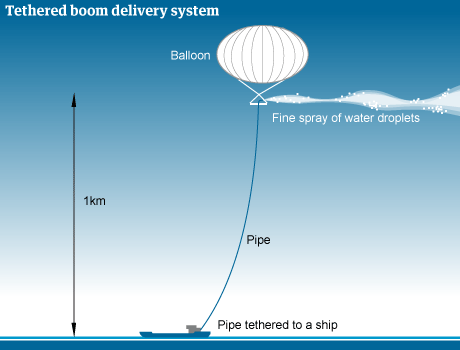Fracking, or Hydraulic Fracturing, is the process of essentially creating a fracture in rock stored deep beneath the earth, injecting highly pressurized liquid into the fracture, and extracting gas contained within. The controversial technique for procuring untapped oil reserves has recently risen to the forefront of British headlines, as a new reservoir of shale gas has been discovered under Lancashire, England. So, is this process the next great evil in the fight to save the environment, or is it a valuable option in making the west energy independent in the transitional period away from fossil fuels toward more sustainable energy options?
Well, it appears both sides have a case. On the side for the process, Guardian contributor Rob Lyons states "we will need all the energy we can get," and calls efforts to denounce fracking as "perverse." Lyons points out that the gas procured from shale deposits could keep our motors running for over two centuries, and the process is generally safe and, compared to regular oil, environmentally friendly. He states that the two main arguments against the process, that focus on fracking will sidetrack investment in more renewable energy sources and that fracking is potentially dangerous to water supplies, are unfounded. He claims that the time granted by the extra sources of energy will allow the time needed for more sustainable energy sources to become economically viable, and that water supplies are not in danger because the gas is far lower than water deposits and the pipelines are sealed in concrete.
However, Andrew Simms, policy director of the NEF (New Economics Foundation), begs to differ. Simms argues that fracking techniques do indeed present "real and substantial risks to people and the environment." Simms claims that fracking presents an even greater danger than conventional gas by increasing levels of methane, which are much more detrimental particle for particle compared to CO2.
Also, Simms makes the case that many more jobs could be created through investment in sustainable energy resources than tar sands and shale gas. Also, he needn't even mention the catastrophic oil spills which have ravaged the seas in the recent past; who's to say comparable disasters will not occur with fracking methods?
In the end, it wil be left to the public to make the decision to decide between shale gas to gain cheaper short term energy or sustainable, yet currently more expensive, sources of energy which will provide for millennia.







